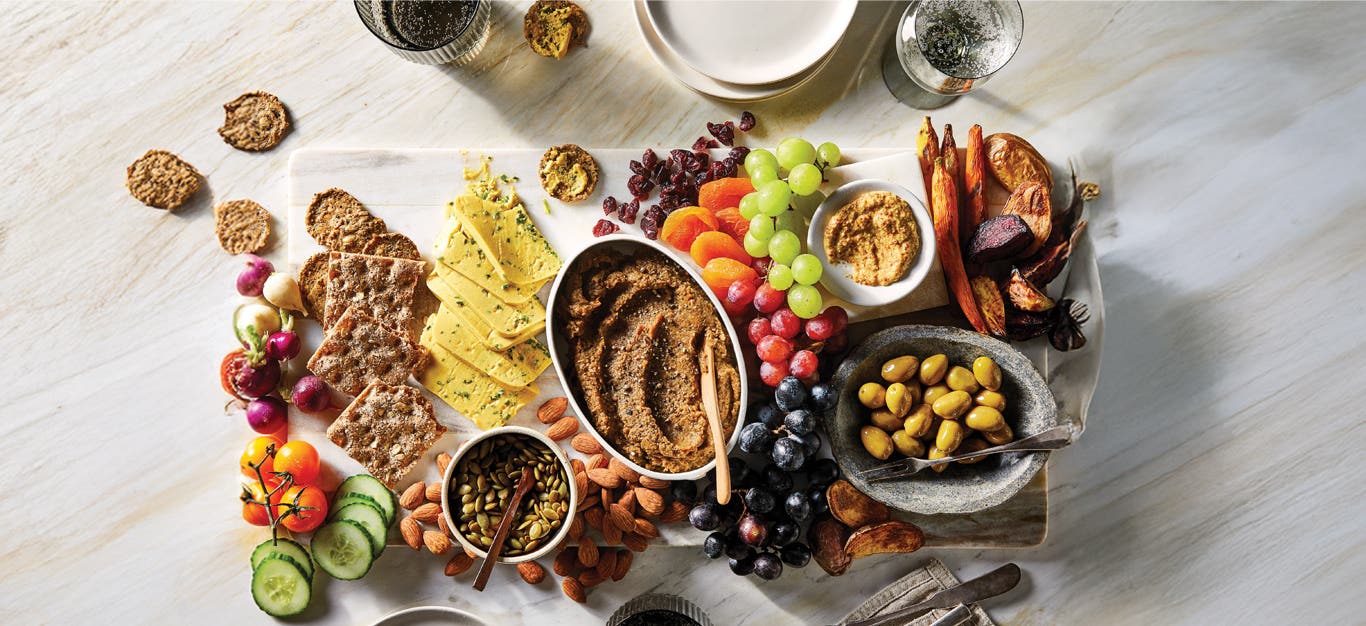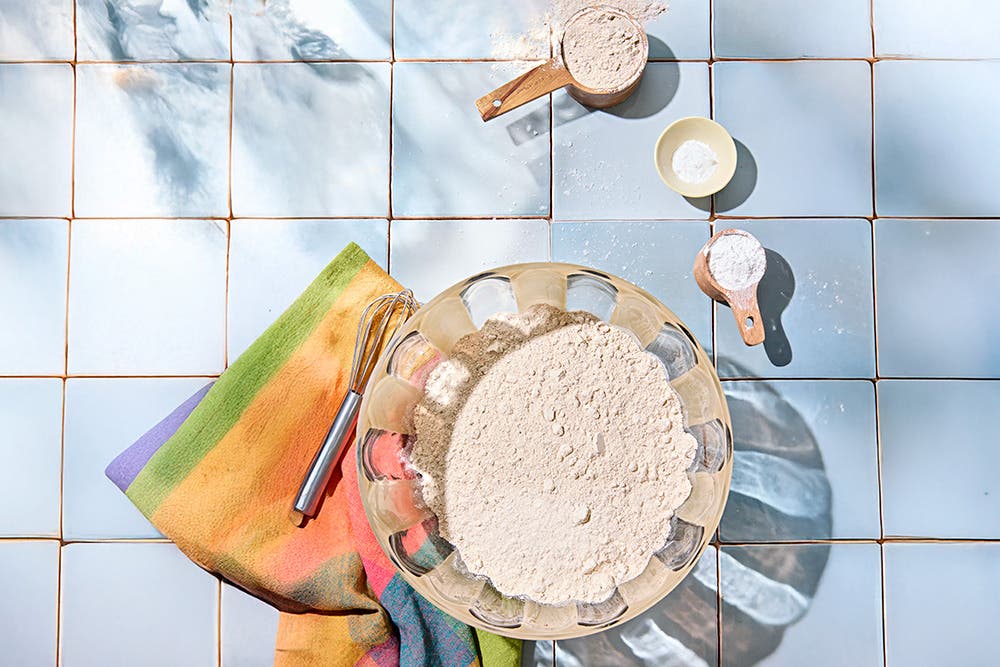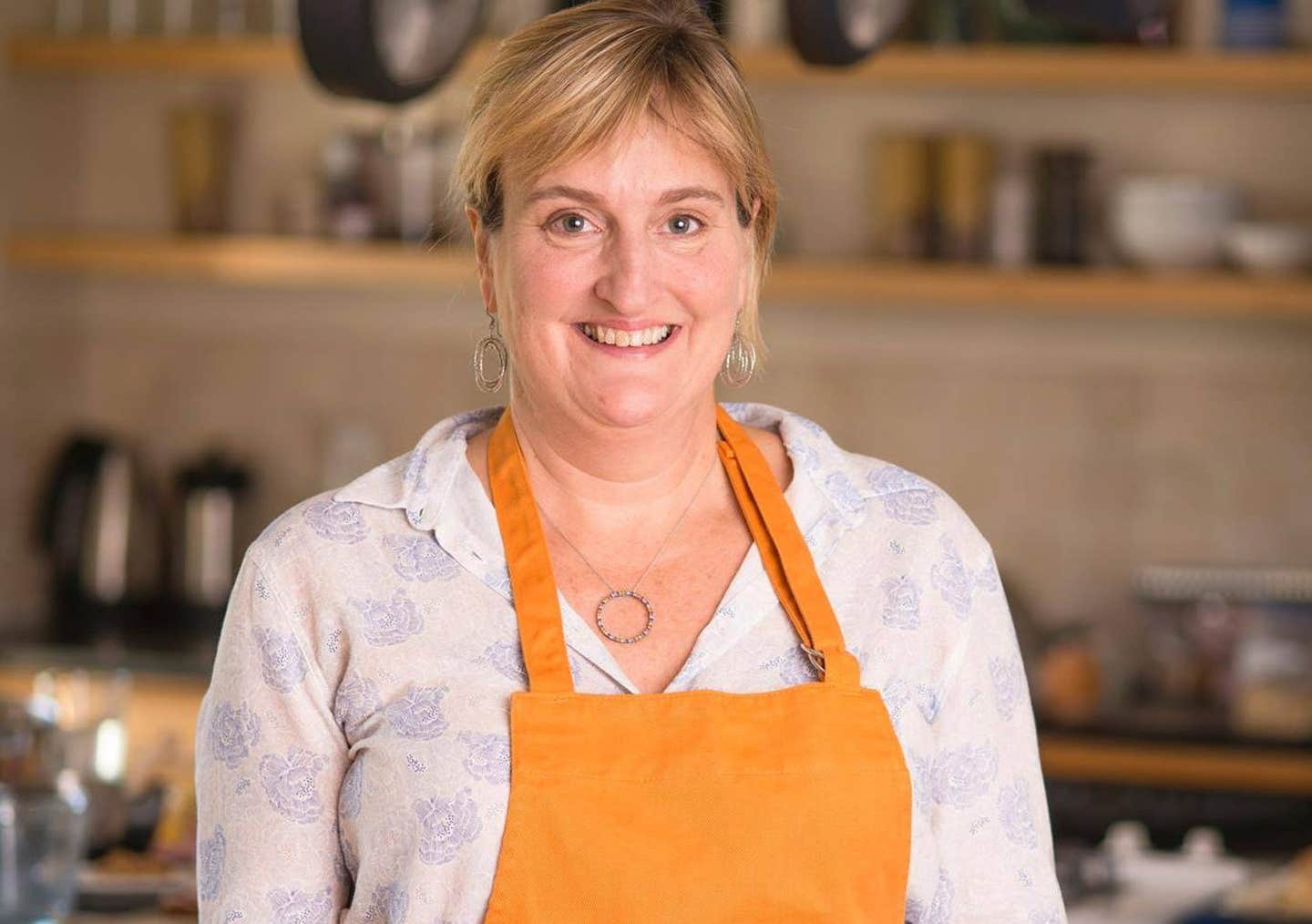Fresh corn needs no introduction. Kids love it. Cookouts wouldn’t be the same without it. And the sweet, crunchy kernels add oomph to everything from fresh salsas and salads to hearty stews and chilis. (Even desserts: Try adding it to nice cream sometime.) Here’s everything you need to know to make the most of the bounty that’s available all summer long.
Is Corn Gluten-Free?
Corn is considered a gluten-free whole grain and can be consumed in all its forms—fresh, dried, ground—as part of a healthy gluten-free diet. Some sources, including The Mayo Clinic, specify that all grains, including corn, contain some form of gluten. But they are quick to point out that it is not the same gluten as that found in wheat, rye, or barley which can cause allergic reactions and serious health issues. If gluten sensitivity is an issue, be sure to check the labels on cornmeal, corn flour, and canned or frozen corn products to make sure they are certified gluten-free and haven’t been prepared in a facility that also processes wheat.
Why Is Fresh Corn Called ‘Sweet Corn’?
Fresh corn is called “sweet corn” to distinguish it from the two other main types of corn grown in North America: Field corn (also called dent corn, for the distinctive dent on its kernels), primarily used for animal feed, and popcorn. Both field corn and popcorn are grown to maturity and harvested when the kernels are hard. Fresh/sweet corn is picked when the ears are green and the kernels are underripe, tender, juicy, and a little sweet.
When Is Fresh Corn in Season?
When it's in season depends on where you live. In Southern states, local, fresh corn begins to appear on the markets as early as May then tapers off in August. The harvest doesn’t start in Northern states until late June or early July, but it can last through the end of September. Fresh corn that is found year-round in supermarkets generally comes from Florida or Mexico, where the ears are also grown and harvested October through June.
How to Pick Corn and Store It
Yellow, white, and bi-color are the three main types of fresh corn you’ll find. Then there are heirloom varieties you may see at farmers markets and specialty groceries. These come in all the colors of the rainbow and have names to match, like Montana Lavender, Oaxacan Green, Atomic Orange, and Dakota Black.
Regardless of which variety you choose, the selection and storage tips are the same:
- Look for bright green, pliable husks and silk tassels that are light brown (not black) and appear moist.
- Give each ear a squeeze; it should feel full and firm in your hand.
- Resist the temptation to check the kernels beneath the husk. Not only does stripping the ears (even a little bit) annoy farmers market purveyors, it also exposes any ears you might purchase to hot dry air that can turn the kernels’ natural sugars to starch.
- Wrap unhusked fresh ears in damp paper towels and store in the crisper drawer of the fridge, where they will stay sweet and juicy for up to three days. After that, it may still be good, but some of its sugars will have begun to turn to starch.
- Freeze cooked kernels (see below for cooking methods) in resealable plastic bags for up to six months. Raw kernels can also be frozen, but the cold storage will alter their texture and make them chewier.
See also:
The Best Ways to Shuck Corn
Shucking fresh corn is simple enough for small children to do, but there are a couple of tricks that make it easier to remove the pesky strands of silk that get stuck between the kernels.
- Divide and conquer. Pull off all the thicker outer husks until you have a single layer of husks on the ear. Separate the husks and silk at the top of the ear until you see the first rows of kernels. Grasp both the husks and the silk in one hand, then pull down to strip them both away at the same time. Rub away any remaining silk strands with a damp cloth.
- Zap it! Set whole, unshucked corn ears on a plate, and microwave for 2 to 3 minutes. Let cool 2 minutes, then slice off the bottoms of the ears. Hold each ear by the top, and gently squeeze and shake. The corn should slip right out, thanks to the inside-out heat of the microwave, which loosens the kernels from the silk and husk. You can also fully cook corn this way by extending the microwave cooking time to 5 to 6 minutes.
How to Cut It Off the Cob
Kernels have a tendency to fly across the counter (or kitchen!) when cut off the cob. To avoid the mess, grab a Bundt or tube-style cake pan, set a shucked ear stem-end-down in the center of the pan. Slice down each side with a sharp chef’s knife or a serrated knife to remove the kernels, which will fall neatly into the pan.
Cooking Methods
Choose the cooking method that suits your needs.
- Boil: Shuck and boil 3 to 5 minutes. (Good for cooking lots of ears at once.)
- Steam: Shuck, halve, and steam 4 to 8 minutes.
- Grill: Trim outer husks and silk from top; grill 15 to 20 minutes. (Great for smoky, charred flavor.)
- Microwave: Leave in husk and cook on high power 3 to 5 minutes. (Good for quick-cooking a few ears for dinner.)
- No-Cook: Husk ears and cut away kernels. (Good for adding ultra-fresh corn flavor to salads and salsas.)
Corn Recipes
Want to go beyond your basic cob? Check out this roundup of our favorite Finger-Licking Corn Recipes using fresh (or fresh-frozen) corn!
Related News
Get Our Best Price On The Forks Meal Planner

Forks Meal Planner takes the guess work out of making nutritious meals the whole family will enjoy.
Master Plant-Based Cooking!
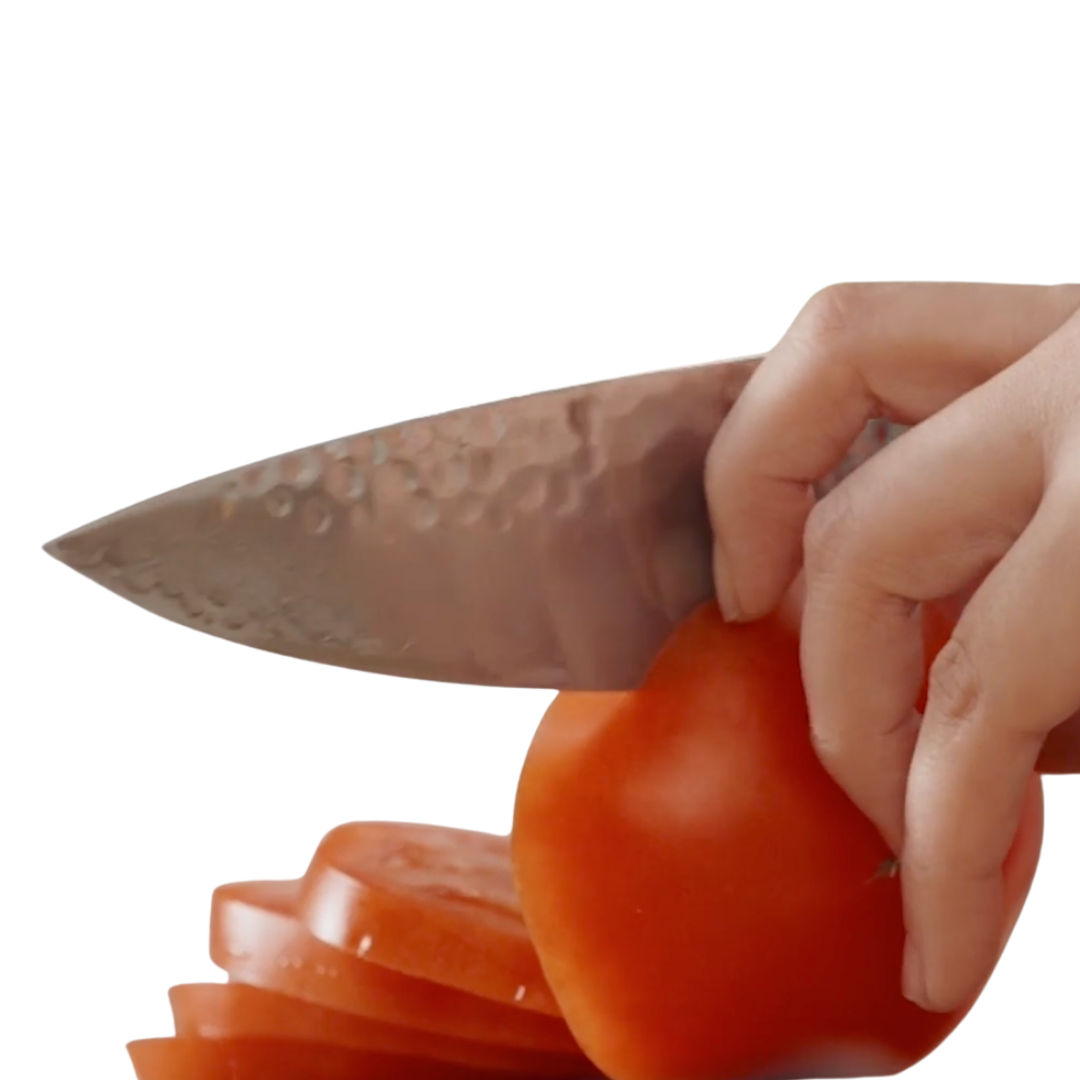
Our new course features over 100 lessons, 50+ recipes, downloadable guides, and more!
New Frozen Meals!
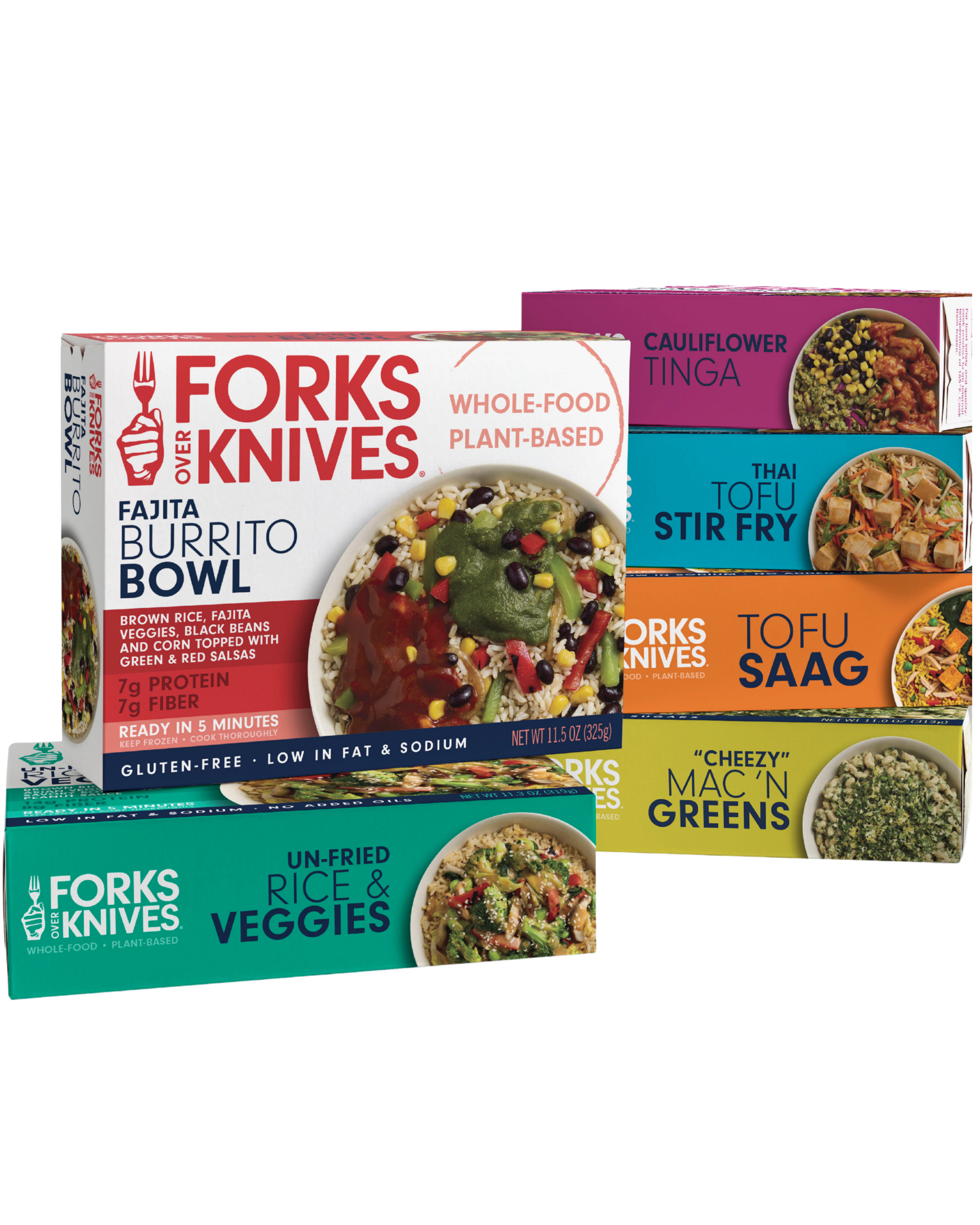
Introducing our new frozen meals: Doctor-recommended, chef-crafted, & ready in minutes.


